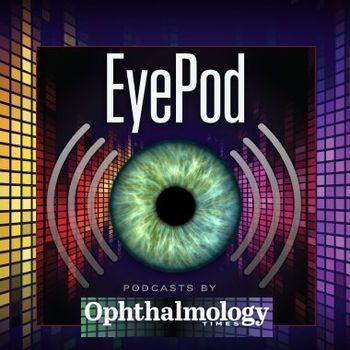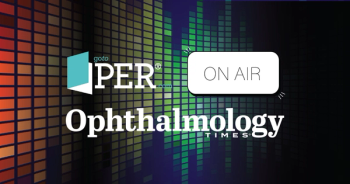
EyeCon 2023: Key takeaways from ophthalmology co-chairs Dr. Tosin Smith and Dr. Peter McDonnell
Oluwatosin U. Smith, MD, and Peter J. McDonnell, MD, discuss their experience at EyeCon 2023, highlighting the latest updates in retina, cataract and refractive surgery, and the growing epidemic of myopia worldwide.
Oluwatosin U. Smith, MD, and Peter J. McDonnell, MD, discuss their experience at the Ophthalmology Times and Optometry Times EyeCon 2023 conference, highlighting the latest updates in retina, cataract and refractive surgery, and the growing epidemic of myopia worldwide.
Video Transcript
Editor's note - This transcript has been edited for clarity.
Oluwatosin U. Smith, MD: Hello, everyone! We're talking to you from sunny Florida. And we're here at the EyeCon ophthalmology meeting. We're so excited. It has been just absolutely phenomenal for those of us that are here in physical.
It has been an amazing morning listening to updates in retina, in cataract and refractive surgery, and glaucoma as well. I am excited apart from the fact that the weather's absolutely beautiful out here. But to hang out with colleagues and to get refreshers on so many things that I've missed out on, because I'm always in my glaucoma microsphere.
Here with me today is my cochair, the wonderful Dr. McDonnell, and I'm going to hand it off to him as he tells us what his experience is.
Peter J. McDonnell, MD: The wonderful Dr. McDonnell. What a nice introduction there. It is a beautiful 78 degree day here in Sanibel Island, and I wish you are all here with us, along with your families, learning and enjoying the great weather.
I was really impressed this morning by this session on this epidemic of myopia that by the year 2050, half of the world's population will have high myopia. It's a remarkable change happening so quickly, cannot be explained by genetic evolution, obviously, it heavily relates to what different things people are doing in terms of activities and increasing education levels, and the challenge that we have of finding effective therapies to intervene.
And we heard about a number of them: low-dose atropine and some studies suggesting it's effective, some less; orthokeratology, newly approved contact lens and spectacle-wear that may delay progression. But I think so many of us are not that impressed with the efficacy of these technologies. And so they've not been widely adopted in the United States. However, you go to Asia and see clinics with hundreds of children on a Saturday morning getting treated with orthokeratology or whatever.
So it'll be fascinating to see over the next coming years to what degree we're able to intervene in this what's a remarkable public health challenge.
Smith: It's been quite a big learning experience. And I would encourage people who haven't been to this meeting to come to it. It's a lot of learning and it's very focused on what is new and what is cutting-edge technology, I would say, and in all aspects of ophthalmology. So it's exciting to be here. I am Oluwatosin Smith. I am one of the chairs of the meeting and we look forward to having you next time.
Newsletter
Don’t miss out—get Ophthalmology Times updates on the latest clinical advancements and expert interviews, straight to your inbox.













































